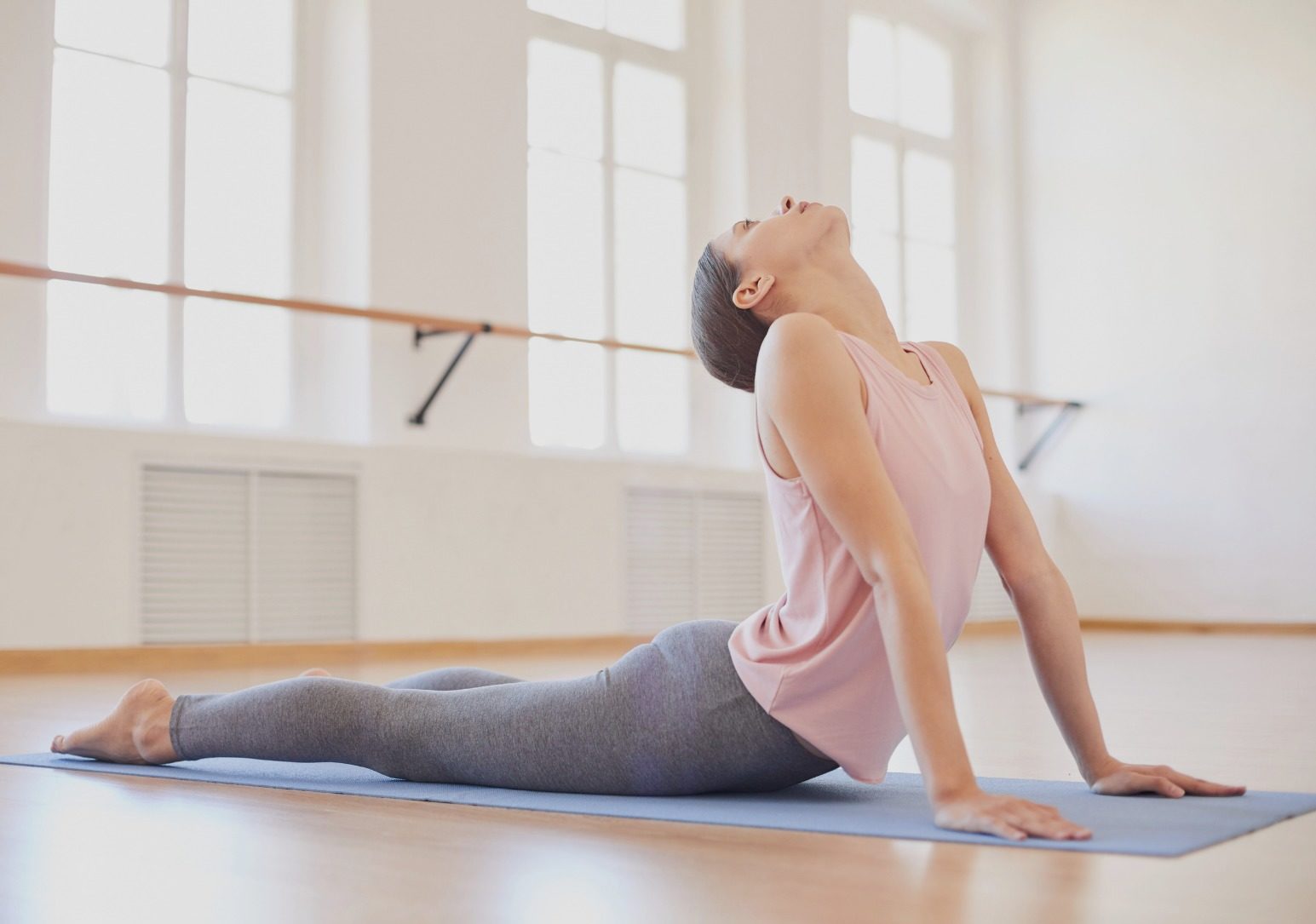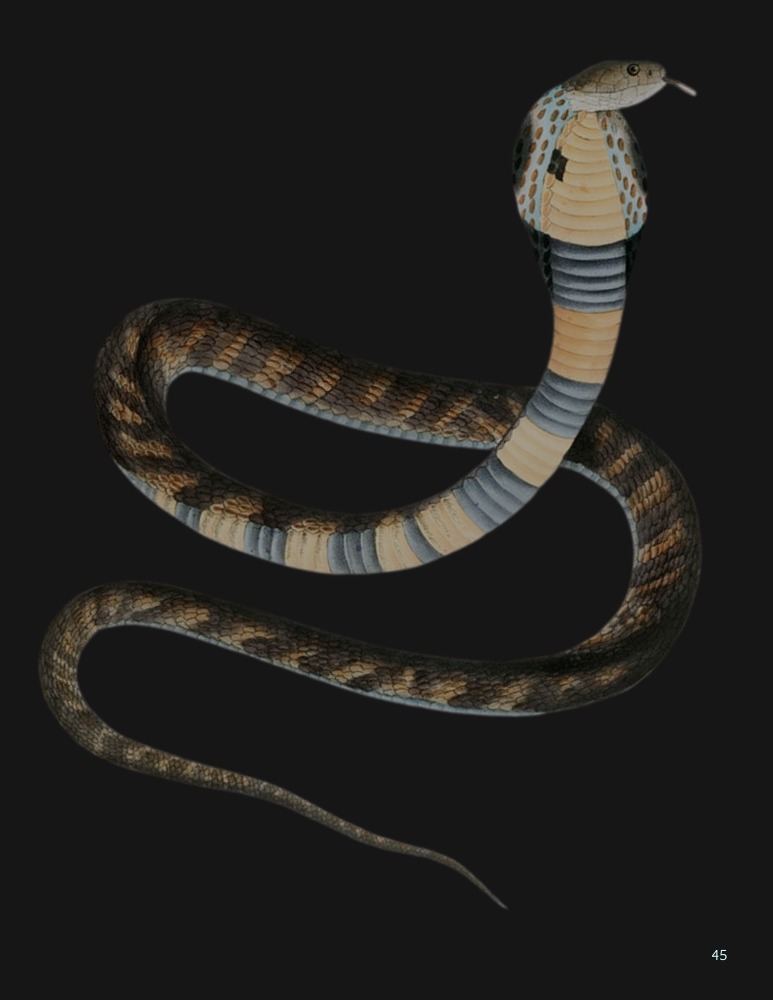Cobra
The snake, a yoga pose, an effect and symbolism
the snake
a yoga pose: cobra aka Bhujangasana
practising cobra pose
in sequences
how to practise the pose

benefits
when to avoid this pose

symbolism

Cobra: The snake, a yoga pose, an effect and symbolism – The cobra, like other snakes and serpents, can trigger a primal fear in human beings. After all, they are part of the reptilian family, one of the most ancient and adaptable forms of life on this earth. Almost all can bite. Some are poisonous and, some will strangle their prey. Without eyelids, they cannot blink, which can be quite unnerving for humans. They smell with their tongue, and their jaws can unhinge, allowing them to swallow all the nourishment they need at once. Their skin is a conglomeration of tough scales that appear smooth and sometimes shiny. Although it is quite dry, it helps them to move with ease and protect them from adversity.
…Scroll down to keep reading or if you see a read more button click on it to access another complimentary article when you sign-up or get an all access subscription for only $47 per year when you subscribe.



Amy Adams, editor and publisher of Mindful Soul Center magazine, she is an author, producer and visual artist too. The executive producer and co-host of YOU HERE NOW a storytelling podcast, she is yogini (RYT-200) and Reiki Master Teacher and practitioner. Amy shares her life experiences and lessons as a guide helping people along the sometimes weedy but always grateful path. She has an MFA in painting from The University of Art & Design, Cluj-Napoca and a BA from Fairleigh Dickinson University in Visual & Performing Arts.











